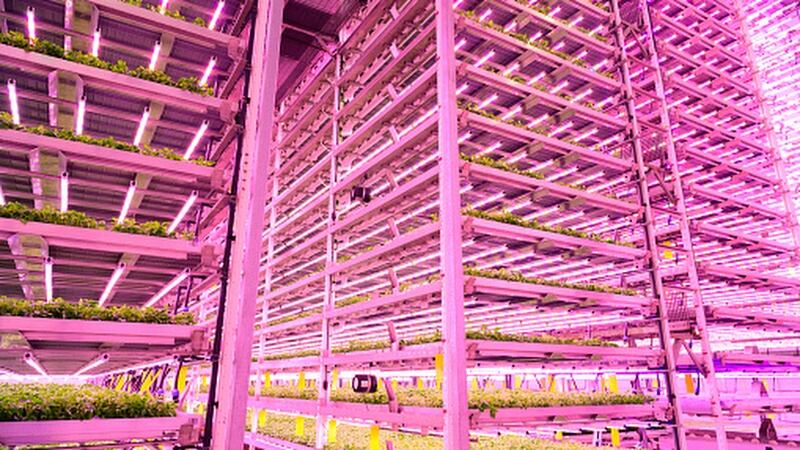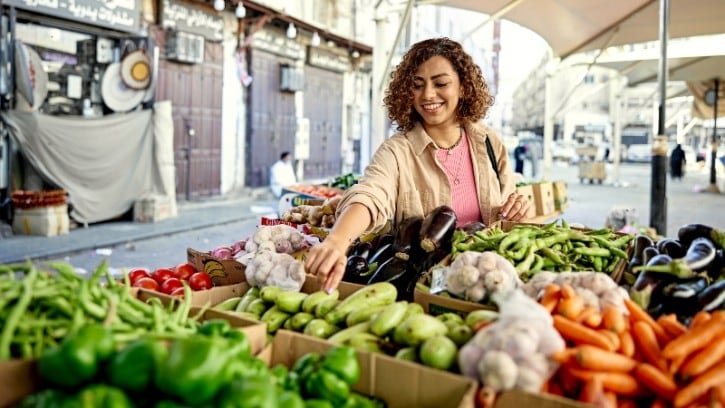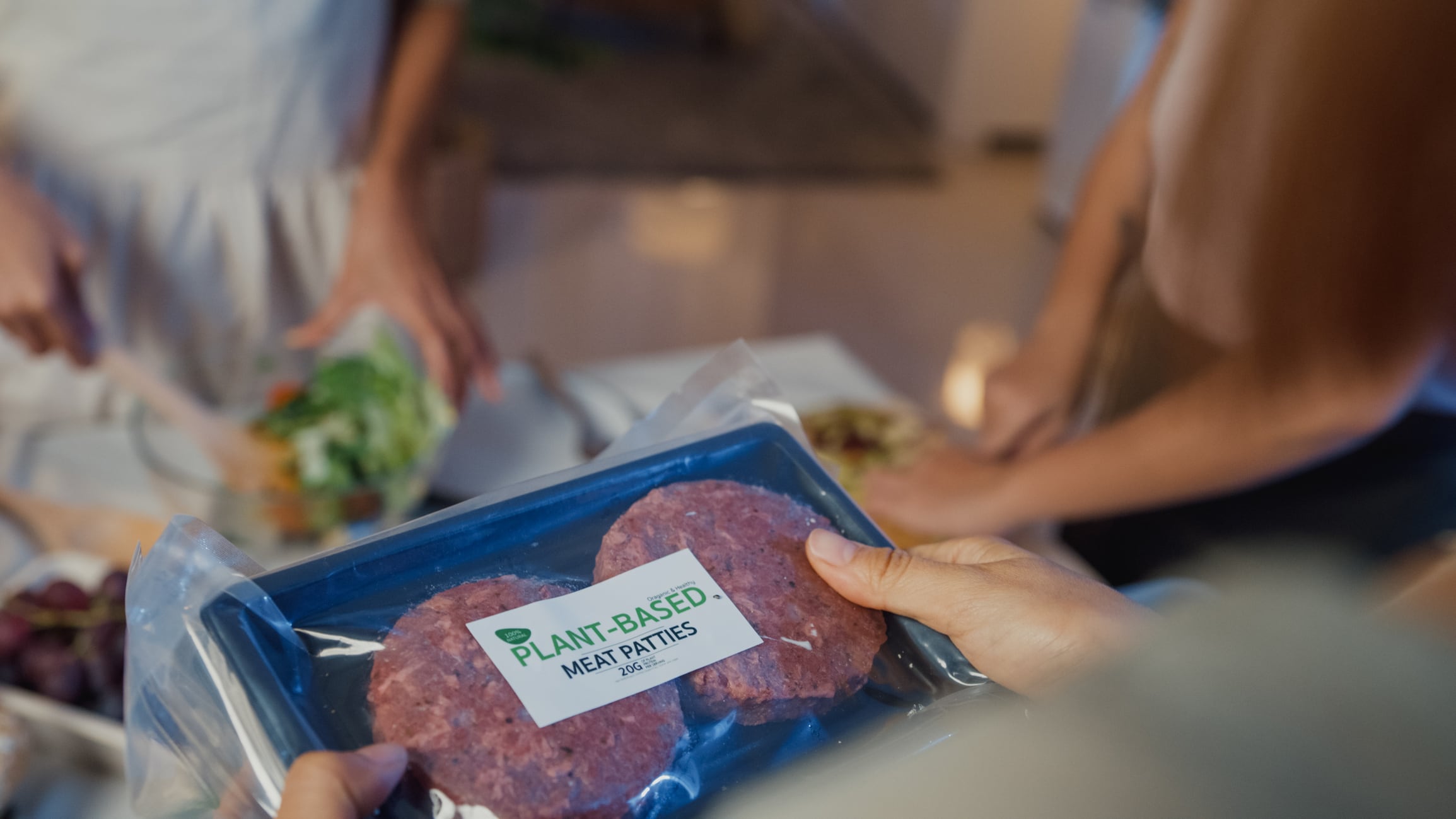Vegetables produced from hydroponic vertical farms have been around for many years, but the sector has long had trouble moving past criticisms of providing ‘empty’ nutrition due to these systems being completely sterile and devoid of nutritional benefits from the usual microbial activity in soil.
In this day and age though, new precision nutrition technology has enabled the sector to move far past those initial ‘empty’ nutrition issues even if the farming environment still remains sterile, even if the public is not yet aware of this.
“We are at a point now in scientific R&D where we know exactly what the plants need and how to give it to them,” hydroponics firm Artisan Green Founder Ray Poh told FoodNavigator-Asia.
“The key is utilising this knowledge to formulate the right nutrition profiles and delivering it to the vegetables correctly – without getting the nutrition right, even vegetables that are grown the traditional method in soil can also end up devoid of nutrients and tasting bland.
“Technology has really been our friend in this, as we use a specialised digital platform to deliver precise nutrients to specific plants based on farming and plant science knowledge – the benefits of which can be felt by consumers not only in terms of the nutrients consumed, but also the taste and mouthfeel of their salads.”
Precision nutrition here involves not only precise nutrient delivery but also control of the various environmental conditions from lighting to temperature and more.
“We also have herbs for salads and cooking, and the technology is so advanced now that we know for instance increasing the exposure of basil to blue light can greatly enhance its aromatic characteristics, which are very desirable for consumption either raw or as part of cooking,” he said.
“This technology has also allowed us to make vegetables that were previously considered very premium more affordable and available – for instance baby spinach, which is something of a premium vegetable in markets like Singapore as previously only imported baby spinach was available here.
“Even in the global market, baby spinach is one of the hardest vegetables to grow as it is very sensitive and very finicky –but we now have the knowledge and technology to grow it well, and it is one of our best-sellers in supermarkets so as we gain scale, we can make it more affordable.”
This form of precision farming also holds merit in terms of personalised eating experiences, according to tech giant Siemens which designed the vertical farming system used by Artisan Green.
“On one end, you have the visual side of this sort of precision farming, which could be utilised in areas such as specific shades of red or yellow in particular fruits or vegetables, selectable based on what the consumer is looking for,” Siemens APAC Head of Digital Industries Factory Automation Sascha Maennl told us.
“Then there is also the quality and mouthfeel that can be made more precise, for instance increasing tomatoes to light exposure can lead to the production of redder, sweeter tomatoes which might appeal to those looking for a sweeter, juicier bite, but those who prefer a crisper, crunchier texture might opt for tomatoes cultivated differently instead.”
Food waste reduction
The other major benefit of precision farming lies in the sustainability aspects, both from the angles of increasing vegetables in the food supply as well as food waste reduction.
“Being able to control many aspects of the production process means that the supply chain can be more stable and efficient,” Maennl added.
“For example, we could see FairPrice supermarket ordering more tomatoes this week and thus increase light exposure so they grow faster – but if next week the order is smaller then we decrease the light exposure so they grow slower and can stay on the vine for longer.
“This prevents the need to harvest the vegetables before the consumer demand is ready to take these, which in turn reduces the production of food waste.”





